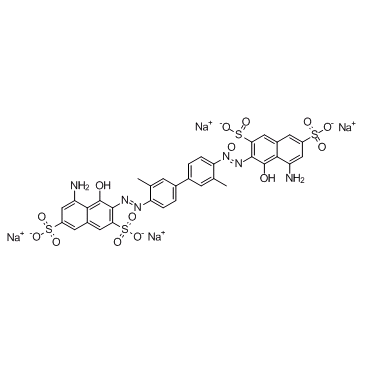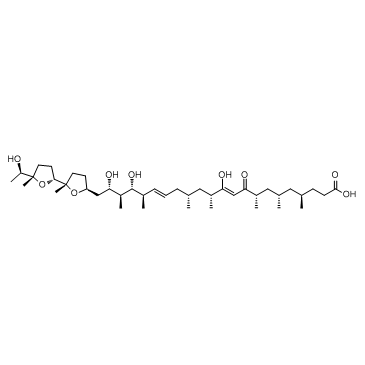| Structure | Name/CAS No. | Articles |
|---|---|---|
 |
Brefeldin A
CAS:20350-15-6 |
|
 |
Direct Blue 14
CAS:72-57-1 |
|
 |
Ionomycin
CAS:56092-81-0 |